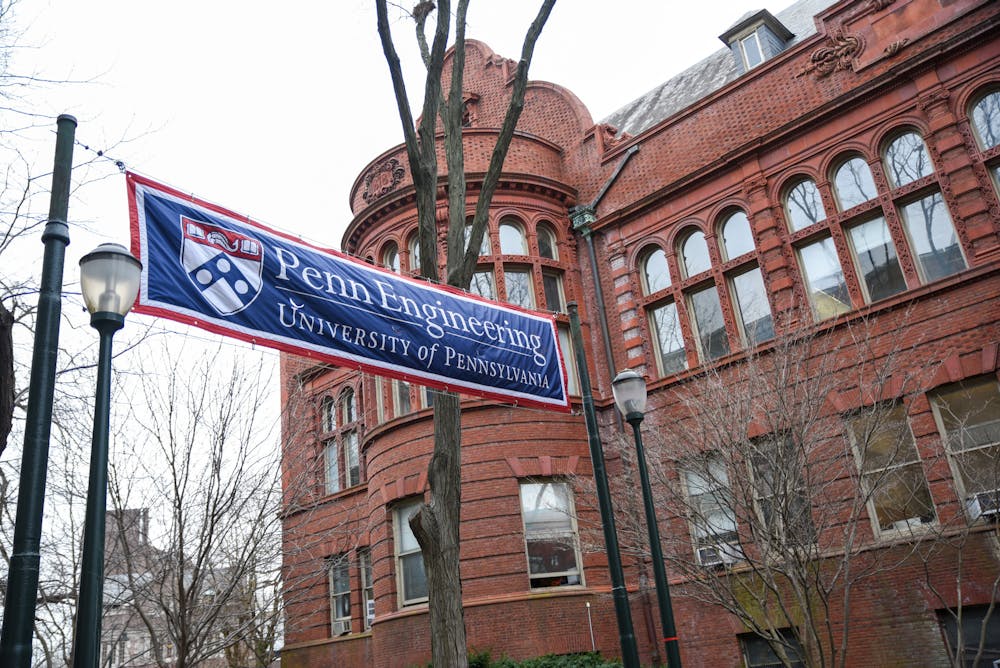
Penn researchers discovered antibiotics derived from frogs that can kill bacteria without inducing bacterial resistance or causing high toxicity.
Credit: Connie ZhaoResearchers at Penn recently discovered antibiotics derived from the secretions of frogs that can effectively kill bacteria.
Led by César de la Fuente, a presidential associate professor at Penn, the team extracted a peptide from the skin of frogs and used it to create new antibiotics that may one day protect humans from drug-resistant pathogens. The group’s findings were published in a new paper in “Trends in Biotechnology.”
Odorrana andersonii, a species of frog named for its strong odor, was previously found in 2012 to secrete a peptide with antimicrobial activity. Researchers had reasoned that frogs, who are known for living in very contaminated environments, must have developed antibiotics to survive in their microbe-rich habitats.
However, the compound wasn’t a good candidate for clinical use due to its tendency to form clumps, which decreased its ability to fight bacteria and increased the probability of toxic side effects.
De la Fuente and his co-authors used a process called structure-guided design to change the chemical structure of the peptide, making it useful for clinical applications.
“Thanks to the power of engineering, we can take those natural molecules and turn them into something more useful for humanity,” de la Fuente said.
In trials with mice, the team found that the synthetic peptides were effective in targeted bacterial killing and showed little sign of toxicity, even at high doses. The compounds did not harm human cells and even outperformed standard antibiotics, such as polymyxin B and levofloxacin.
A major issue with current antibiotics is that bacteria develop resistance to these compounds, causing them to be less effective over time. Importantly, de la Fuente’s lab found that bacteria did not develop resistance to their synthetic peptide.
Following additional preclinical testing, the researchers plan to eventually submit the compounds for approval from the U.S. Food and Drug Administration. This would allow the drugs to be clinically tested and eventually distributed for human use.
“With the compounds that we’re discovering and designing, our ultimate dream is to benefit humanity and hopefully improve the world in some way,” de la Fuentes said in an interview with The Daily Pennsylvanian.
The lab continues to explore a diversity of biological life as a source of antibiotics and other useful molecules using artificial intelligence.
De la Fuente leads the Machine Biology Group, a team at Penn that uses machine learning and artificial intelligence for the purpose of advancing biology and medicine. De la Fuente’s lab has previously discovered novel antibiotics in the DNA of the wooly mammoth, Neanderthals, and other unusual places. According to de la Fuente Lab’s website, it is estimated that their research has accelerated antibiotic discovery by a factor of several million and has saved many years of human research.
The Daily Pennsylvanian is an independent, student-run newspaper. Please consider making a donation to support the coverage that shapes the University. Your generosity ensures a future of strong journalism at Penn.
Donate







